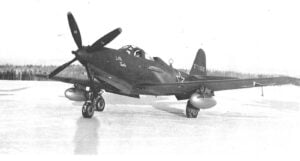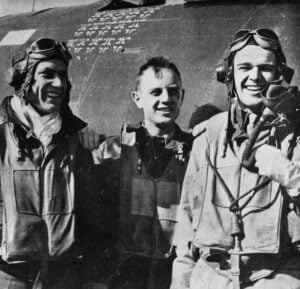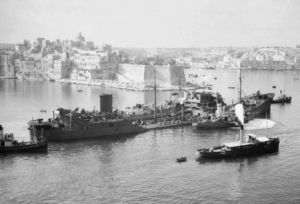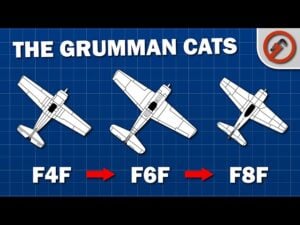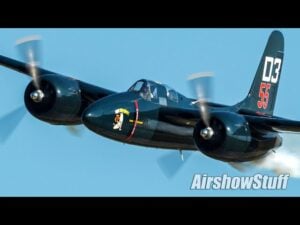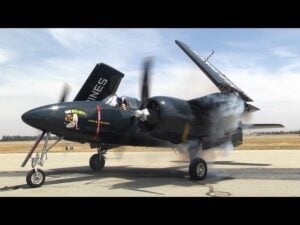What Was the Best American Bomber of World War II?

YouTube / Imperial War Museums
At the American Air Museum in Duxford, two legendary bombers stand side by side: the Boeing B-17 Flying Fortress and the Consolidated B-24 Liberator. Both were four-engine heavy bombers that formed the backbone of the U.S. Army Air Forces in Europe, flying dangerous daylight raids with the Eighth Air Force in England and the Fifteenth Air Force in Italy. On paper, they appear evenly matched, yet their differences in design, performance, and reputation reveal contrasting strengths.

Design and Purpose
The B-17 was the product of the 1930s “Bomber Mafia,” a group of U.S. Army Air Corps strategists who envisioned daylight precision bombing as the key to victory. Its heavy defensive armament earned it the nickname “Flying Fortress,” and the aircraft became the centerpiece of this doctrine.

The B-24 came later, designed by Consolidated Aircraft as a higher-speed, longer-range bomber. Its high-mounted Davis wing gave it better lift and efficiency, allowing it to carry slightly more bombs over greater distances. However, its boxy fuselage and twin tail led some B-17 crews to call it “the box the B-17 came in.”
Performance and Combat
The B-24 was faster and could fly farther with a heavier load, but the B-17’s wide wings provided superior stability at higher altitudes. This advantage translated into greater bombing accuracy. In late 1944, 38% of B-17 bombs landed within 1,000 feet of their targets compared to 28% for B-24s.
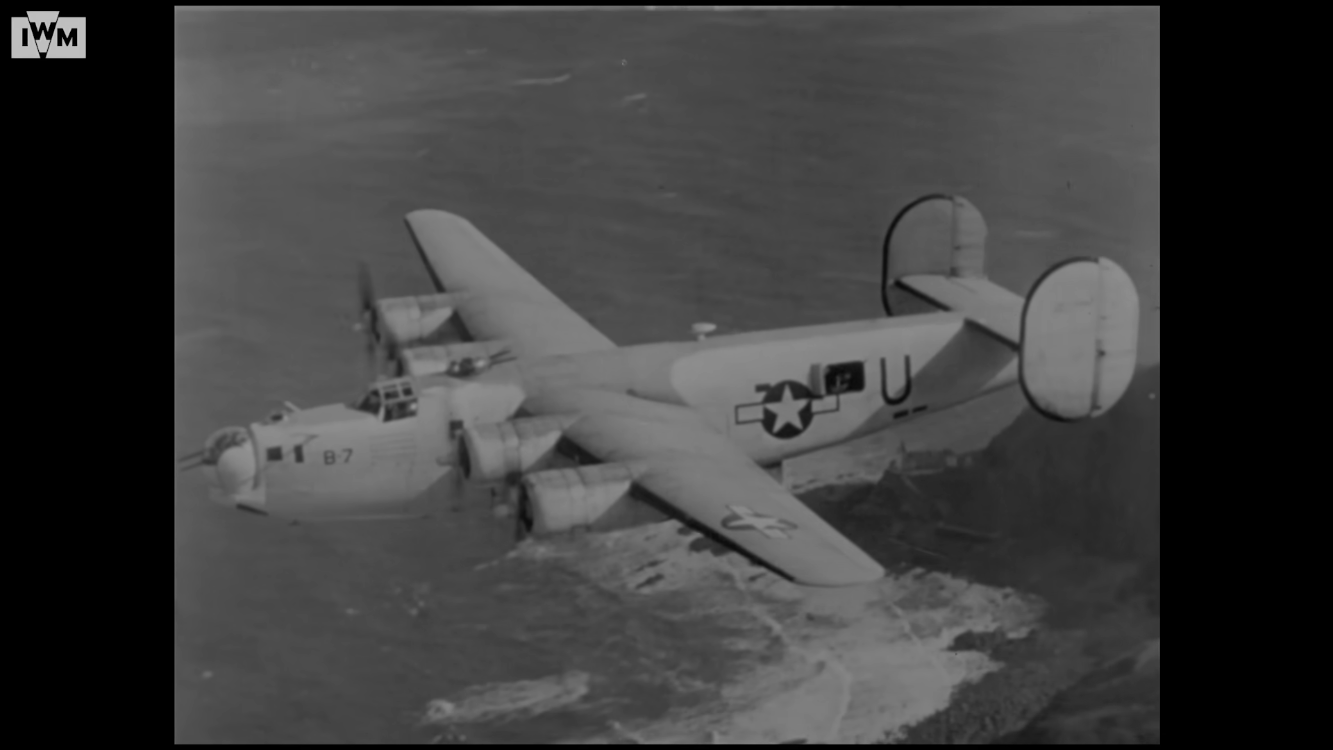
The B-17’s defensive firepower also gave it an edge. The later B-17G carried thirteen .50-caliber machine guns, providing full coverage against fighters. In combat, B-17s averaged one German fighter downed per 44 sorties, compared to one per 87 for the B-24. Crews also trusted the B-17’s toughness; it could return to base with severe damage that would have destroyed other aircraft.
Production and Practicality
The B-24’s greatest strength was production. The vast Willow Run plant in Michigan turned out one Liberator per hour at its peak, making it the most-produced bomber of the war. Over 18,000 were built, serving not only as bombers but also as transports and submarine hunters.
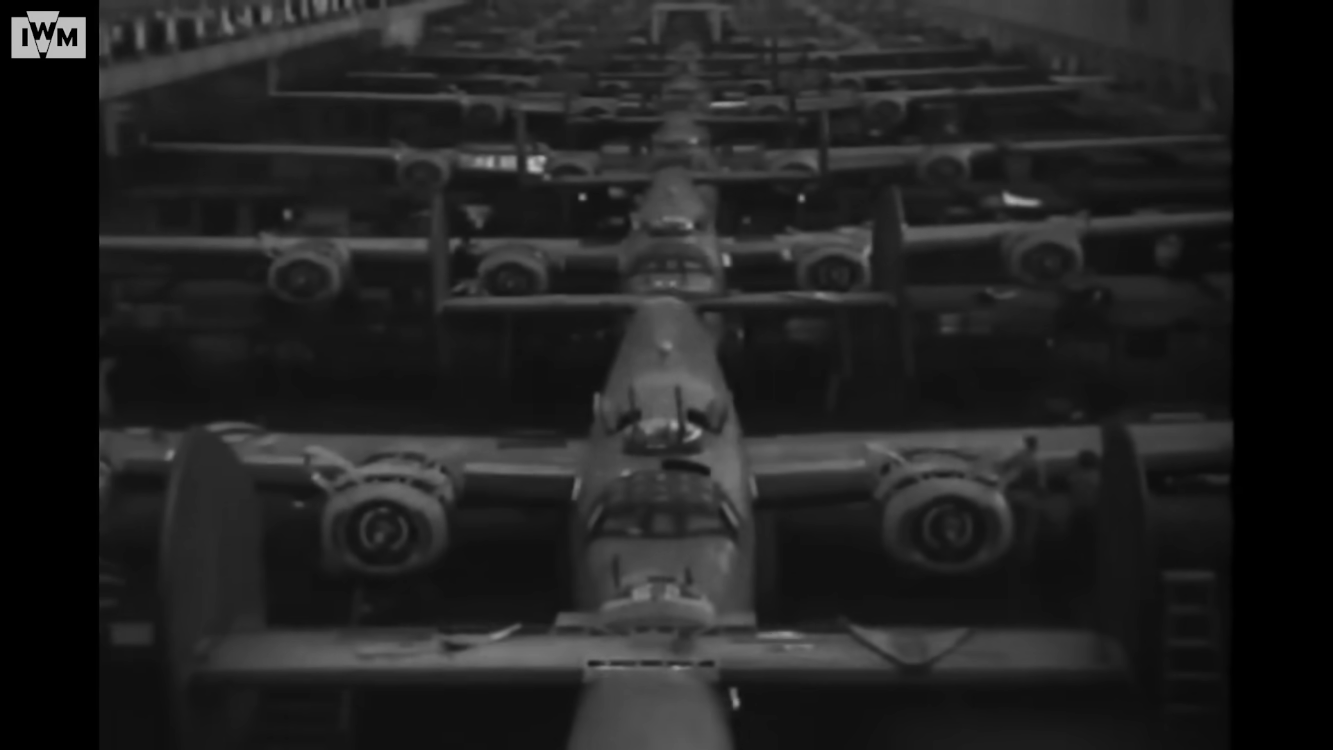
The B-17, though less numerous, became the symbol of American daylight bombing. Its durability, accuracy, and stable handling earned it lasting respect among its crews.
Legacy
The U.S. Strategic Bombing Survey of 1947 concluded that the B-17 was the more efficient combat aircraft, excelling in bombing accuracy, reliability, and mission success. The B-24’s contribution, however, lay in its versatility and sheer numbers.

Both aircraft played vital roles in the Allied air campaign. The Fortress embodied precision and endurance, while the Liberator represented adaptability and mass production. Together, they defined America’s air power in World War II.














